To use an LED face mask effectively, start by cleansing your skin to remove any impurities. Choose the appropriate light setting based on your specific skin concerns; for example, blue light for acne or red light for aging and inflammation. Follow the manufacturer's instructions regarding the duration of each session, typically ranging from 10 to 15 minutes. Ensure consistency in your routine, using the mask about 1-2 times per week, unless advised differently. Always monitor your skin's response to adjust usage if necessary. Regular cleaning of the mask is crucial to maintain its efficacy and hygiene. Learning the finer details of timing and additional precautions could enhance your experience further.
Key Takeaways
1. Start by thoroughly cleansing your face to remove oils and impurities before you do the procedure.
2. Follow the manufacturer's instructions to wear the mask correctly for the recommended duration.
3. Choose the appropriate light color based on your specific skin concerns, such as blue for acne, red for aging and infrared for blood circulation.
4. Use the mask consistently as part of your routine, either in the morning or evening, to see optimal results.

Can I Use LED Face Mask Everyday?
While LED face masks can offer numerous skincare benefits, using them daily is not recommended due to potential overexposure risks. These innovative devices utilize specific wavelengths of light to target various skin concerns such as acne, aging, and pigmentation. Although the allure of quick and visible results might tempt one to frequent use, it is crucial to consider the safety and health of the skin.
LED therapy emits powerful lights that can influence cellular behavior, promoting healing and rejuvenation. However, like any effective treatment, there is a threshold to how much exposure is beneficial before it potentially becomes detrimental. Overuse of LED masks can lead to skin irritation or exacerbate sensitivity, undermining the very problems one hopes to address. This is particularly concerning for those with skin conditions such as rosacea or eczema, where excessive light exposure can trigger flare-ups or discomfort.
Moreover, the practice of moderation aligns with the principle of serving others by prioritizing long-term health over immediate but unsustainable improvements. It reflects a commitment to fostering well-being responsibly and thoughtfully, ensuring that interventions enhance rather than compromise the integrity of the skin.
How Often to Use LED Face Mask
Determining the optimal frequency for using an LED face mask depends largely on the specific skin concerns and the manufacturer's recommendations. Each type of LED light targets different skin issues, and the usage pattern may vary accordingly. For example, blue light therapy aimed at treating acne might be recommended more frequently than red light therapy, which is often used for anti-aging and inflammation. It is essential to adhere to the guidelines provided by the device's manufacturer to avoid overuse, which can lead to skin irritation and diminish the overall effectiveness of the treatment.
Ensure that you are using the LED masks safely and effectively can enhance their experience and results. Typically, we would recommend you a session of about 10 to 15 minutes. The frequency can range depending on the intensity of the light and the nature of the skin concern.
Moreover, it is important to monitor the skin's response to the treatment. Some individuals may experience slight redness or irritation, which usually subsides on its own. However, if persistent discomfort occurs, it is advisable to reduce the frequency of use and consult a dermatologist.
When to Use LED Face Mask in Routine
Integrating an LED face mask into a daily skincare routine typically involves selecting the most suitable time of day to support the desired treatment outcomes. Depending on individual schedules and specific skin concerns, the timing can significantly affect the effectiveness of the therapy. It is crucial to consider not only the biological aspects but also practicality in daily commitments to ensure consistency, which is key to achieving long-term results.
When planning the optimal time to incorporate an LED face mask into your skincare routine, consider the following:
1. Morning Routine: Ideal for those who aim to boost their skin's luminosity and protect against environmental stressors throughout the day. Morning sessions can invigorate the skin, leaving it vibrant and ready to face the day's challenges. However, it is important to apply sunscreen if you will be exposed to sunlight, as some treatments can increase photosensitivity.
2. Evening Routine: Most users find evening treatments beneficial as it helps in calming the skin after a day's exposure to pollutants and stress. It also supports nighttime skin recovery processes. Using an LED mask before bed can enhance the effects of night creams or serums applied post-treatment.
3. Before Special Events: Using an LED mask a few hours before a special event can help reduce redness, increase firmness, and give a fresh, luminous complexion. It serves as a non-invasive prep step that enhances skin appearance effectively and safely.
Can You Use LED Face Mask When Pregnant?
The safety of using LED face masks during pregnancy often raises concerns among expectant mothers seeking to maintain their skincare routines. LED therapy, which employs light-emitting diodes to rejuvenate skin, is generally considered safe. However, the changes in a pregnant woman's skin sensitivity and the lack of extensive studies specifically targeting pregnant women necessitate a cautious approach.
When considering LED face masks, it's important to differentiate between the various colors of light used. For example, red light is typically used for its anti-inflammatory properties and to promote collagen production, which could be beneficial in treating pregnancy-related skin issues (spider veins on face, hyperpigmentation and melasma among others). Blue light, often used for acne treatment, might also appeal to mothers experiencing hormonal breakouts. LED face masks can even reach the hypodermis with infrared light that will promote blood circulation and accelerate metabolism.
Nevertheless, while these treatments are promising, consulting with a healthcare provider is essential. They can offer personalized advice based on an individual's medical history and the specifics of their pregnancy.
Furthermore, it's crucial for pregnant women to consider the manufacturer's specific guidelines and any contraindications. Some products might include additional features or varying intensities that could affect their suitability for use during pregnancy. Ensuring the product is FDA-approved for safety and efficacy can also provide an additional layer of reassurance.
How to Clean LED Face Mask
Maintaining the cleanliness of your LED face mask is essential for both hygiene and optimal performance. Regular cleaning not only ensures the longevity of the mask but also prevents the buildup of bacteria and oils that can affect your skin's health and the device's functionality. To help you achieve this, here is a step-by-step guide on how to properly clean your LED face mask:
1.Turn Off and Unplug the Mask:
Ensure that the mask is turned off and disconnected from any power source. This step is crucial for your safety and to prevent any damage to the mask's electronic components.
2.Clean the Surface with a Soft Cloth:
Use a soft, lint-free cloth slightly dampened with either water or an appropriate cleaning solution recommended by the mask manufacturer. Gently wipe the outer and inner surfaces of the mask to remove any dust, makeup, or oils. Avoid using abrasive cleaners or cloths that can scratch or damage the mask.
3.Disinfect with a Gentle Solution:
To disinfect, lightly spray a non-abrasive, alcohol-free sanitizer on the cloth and wipe the mask thoroughly. This step is particularly important as it helps to eliminate any pathogens that might cause skin irritation or infections.
Conclusion
In conclusion, LED face masks offer a promising non-invasive therapy for skin rejuvenation and treatment of various skin issues. While they can be used frequently, it is essential to adhere to recommended usage guidelines to maximize benefits and minimize risks. Consideration of safety, particularly in special conditions such as pregnancy, is crucial. Proper maintenance, including regular cleaning, is imperative to ensure effectiveness and longevity of the device, thus safeguarding the user's skin health.
Related Posts:
Does LED Face Mask Work?
Best FDA-Approved LED Face Masks from DermRays


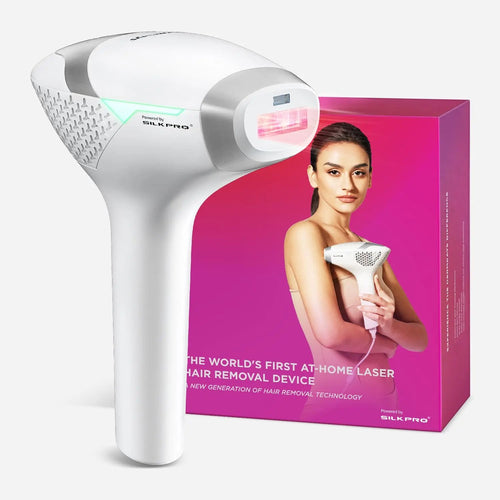

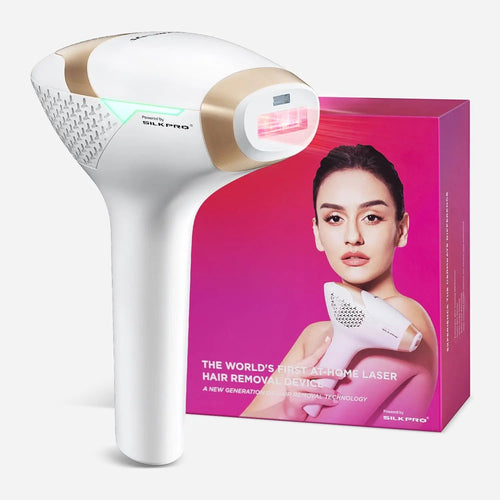
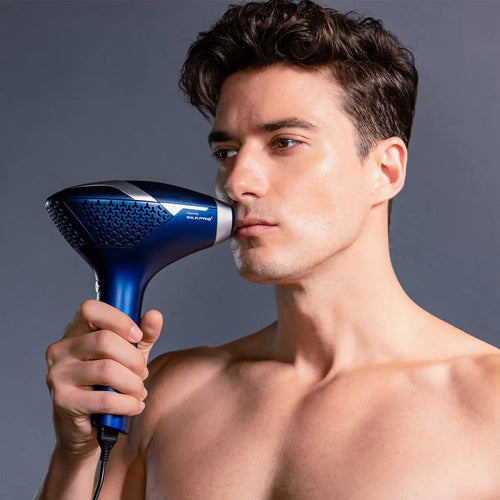
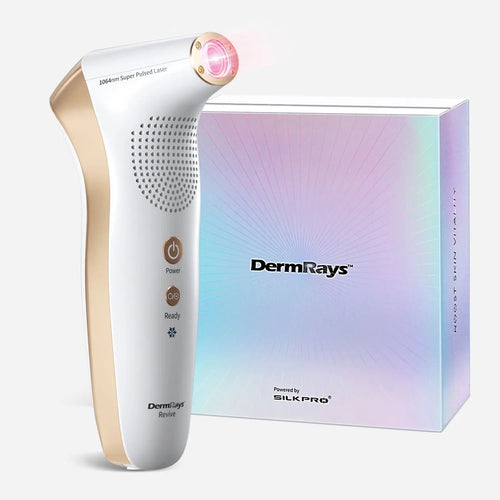
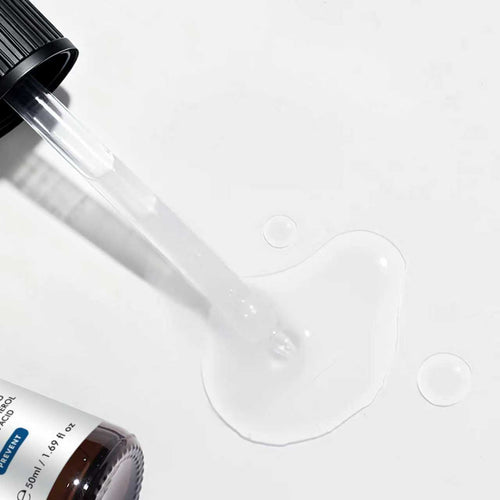
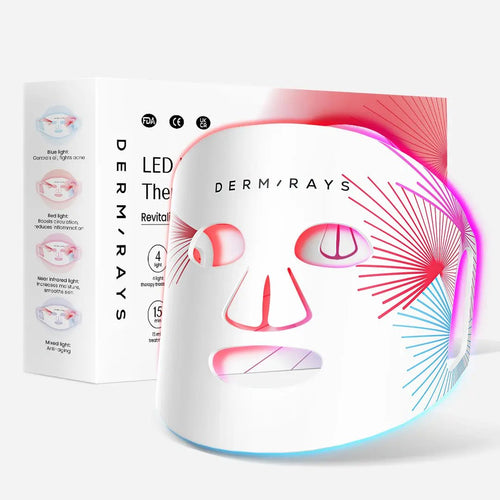
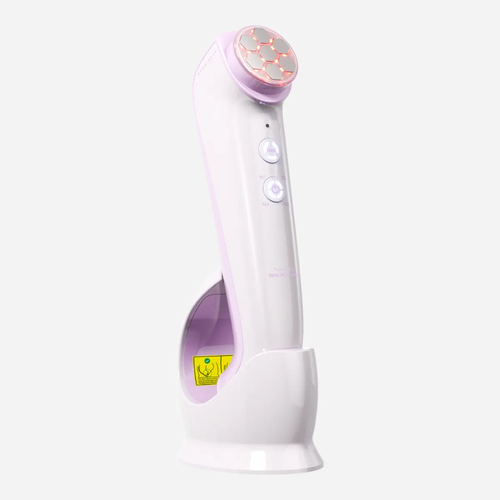
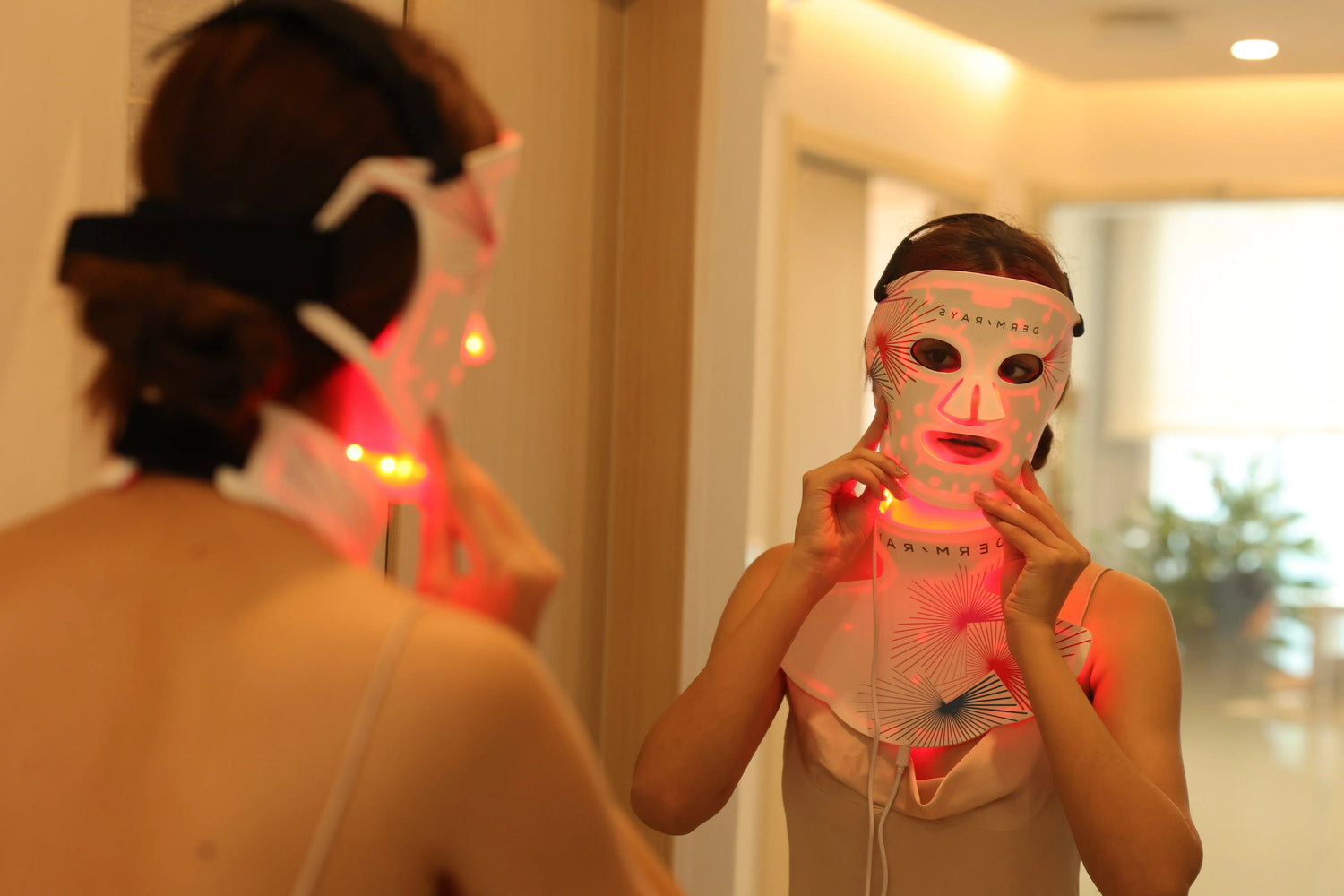



Leave a comment
All comments are moderated before being published.
This site is protected by hCaptcha and the hCaptcha Privacy Policy and Terms of Service apply.